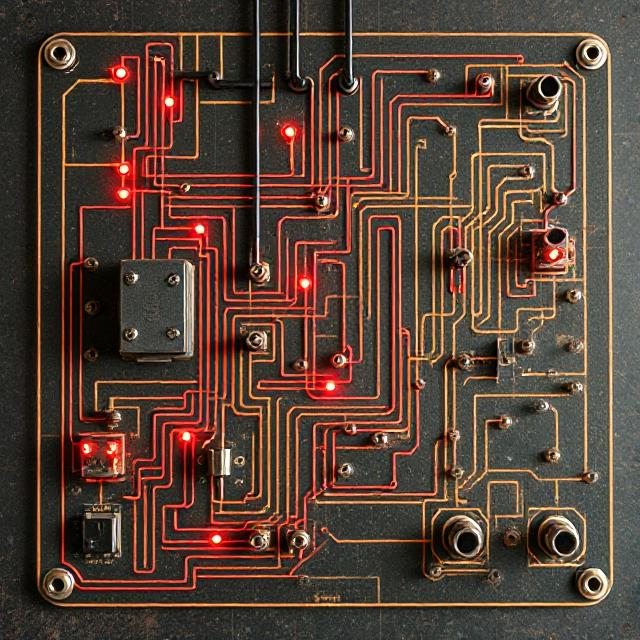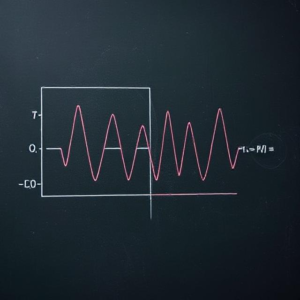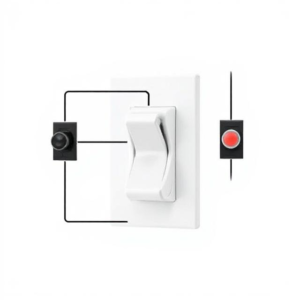Electric circuits don’t always behave the same way over time. When a circuit is first turned on or when something changes (like switching on/off), the voltages and currents take time to settle. This behavior is studied using Transient and Steady-State Analysis.

1. What Happens Over Time in a Circuit?
When a circuit is powered or changes state (like a switch is flipped), it doesn’t instantly reach its final condition. The way it reacts and settles over time is important, especially in circuits with capacitors and inductors.
There are two main phases:
-
Transient State – The short period after a change happens.
-
Steady-State – The condition after everything has settled.
2. Transient Analysis (Short-Term Behavior)
What is it?
Transient analysis looks at what happens immediately after a change, like turning on a switch or applying a new voltage. During this time, the circuit is adjusting.
Where it matters:
-
Circuits with capacitors or inductors (they resist instant changes).
-
When power is suddenly applied or removed.
-
When switching circuits on/off.
Key Features:
-
Happens in a short time (milliseconds to seconds).
-
Currents and voltages are changing.
-
Capacitors charge or discharge.
-
Inductors build or collapse magnetic fields.
Examples:
-
Charging a phone (capacitor charging).
-
Turning on a fan (motor’s inductor starts spinning).
-
Light dimmer switch turning on slowly.
Formulas Involved:
-
Capacitor voltage (v):
-
Inductor current (i):
These are exponential equations — they describe how the circuit slowly reaches its steady condition.
3. Steady-State Analysis (Long-Term Behavior)
What is it?
Steady-state analysis looks at the circuit after a long time has passed, when all values have settled and become constant or repeating (in AC circuits).
Key Features:
-
Happens after transients are gone.
-
Currents and voltages are stable.
-
Capacitors act like open circuits (no current flows).
-
Inductors act like short circuits (just a wire).
Types:
-
DC Steady-State: Voltages and currents are constant.
-
AC Steady-State: Voltages and currents repeat in a waveform (like sine waves).
Examples:
-
A light bulb glowing steadily after it’s switched on.
-
An AC fan running continuously.
4. Why Is This Important?
Studying both transient and steady-state behavior helps engineers:
-
Design safe and reliable circuits.
-
Predict how a device will respond when turned on or off.
-
Prevent damage from sudden changes (voltage spikes, surges).
-
Understand startup delays in circuits.
5. Comparison Table
| Feature | Transient Analysis | Steady-State Analysis |
|---|---|---|
| Time focus | Short-term (right after a change) | Long-term (after settling) |
| Values (V, I) | Changing rapidly | Constant or repeating |
| Capacitor behavior | Charging/discharging | Acts like an open circuit |
| Inductor behavior | Building/collapsing magnetic field | Acts like a short circuit |
| Useful for | Startup behavior, switching effects | Normal operation, power delivery |
6. Summary
-
Transient analysis shows how a circuit reacts to sudden changes.
-
Steady-state analysis shows how a circuit behaves once things are stable.
-
Both are important to design electronics that work correctly from power-on to continuous operation.











